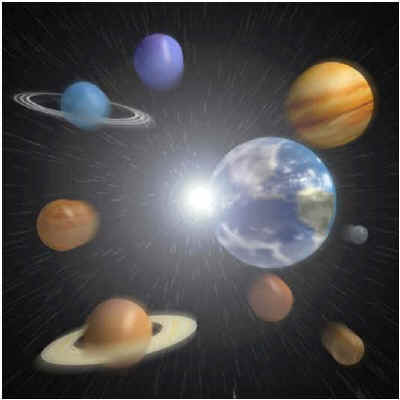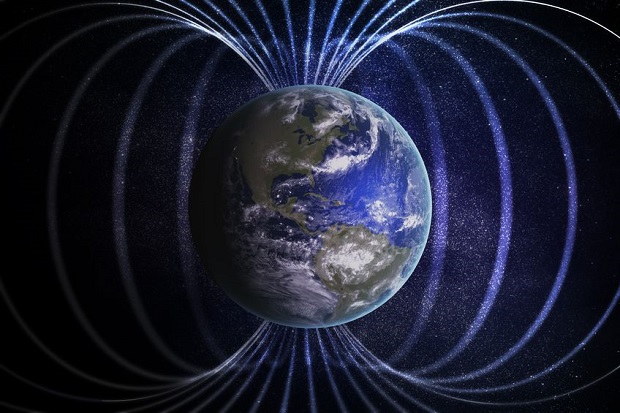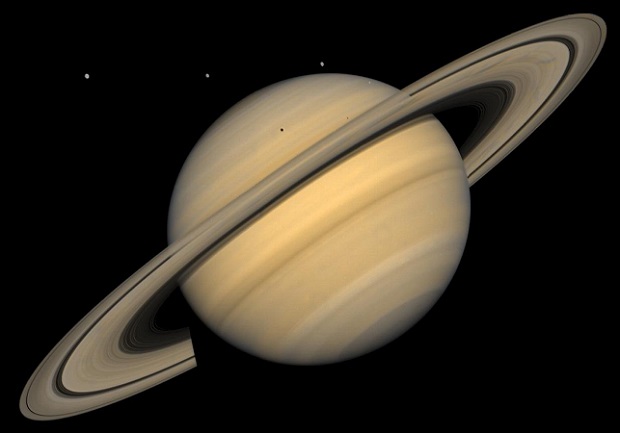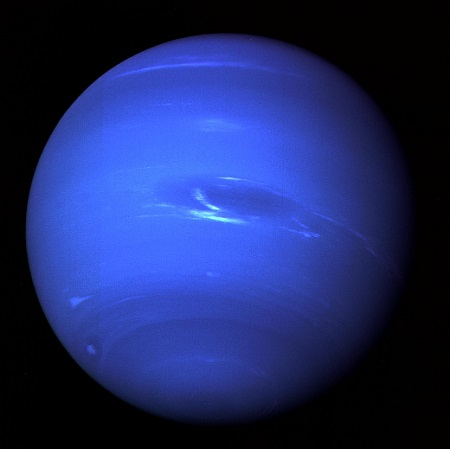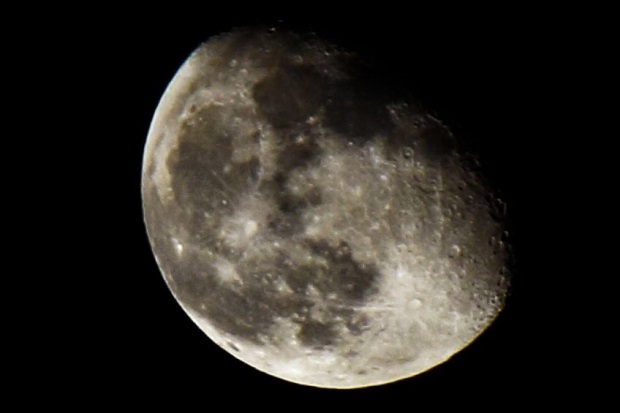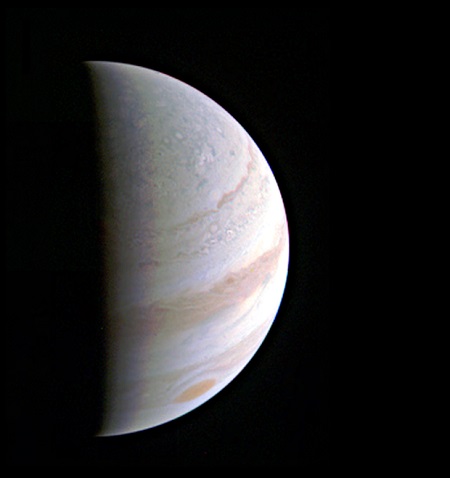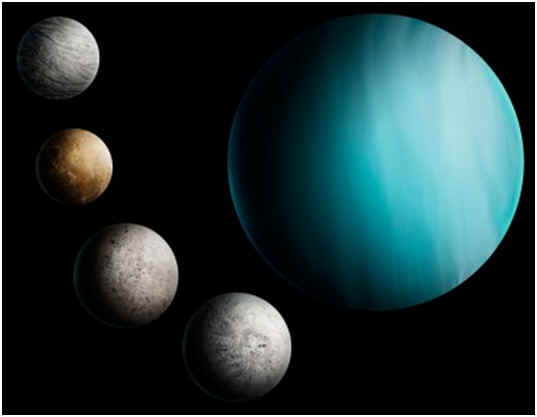
Does Uranus Have Moons?
Uranus DOES have moons. Uranus has 27 known moons, some of which were discovered as recently as 1986 when the Voyager II spacecraft reached the planetary system. While most moons are named after Greek and Roman mythology figures, Uranus’ moons are named after characters that appear in Shakespeare’s plays. The satellites are divided into two groups: the five major moons and the numerous smaller moons.
The Major Moons
The major moons of Uranus are Oberon, Titania, Ariel, Umbreon, and Miranda. These are the largest of the satellites and the most easily seen from earth. They all appear to be made up of about half ice and about half rock. Titania and Oberon were discovered in 1787 by William Herschel. Oberon is very old and has many craters, while Titania is quite smooth and reflective. Ariel and Umbriel were discovered in 1851– Ariel is the youngest moon of Uranus, while Umbriel is very dark, reflecting only about 16% of the light that strikes it. Miranda was the last of the major moons to be discovered and was unknown until 1948. Its unique surface is pitted with many canyons that extend deep into its crust.
The Minor Moons
The minor moons of Uranus were discovered by Voyager II in 1986 and later by the Hubble Telescope. Many of these moons are very tiny, and some have diameters as small as eight miles. Like the major moons, most of these small satellites are composed of half ice and half rock, but a few may actually be captured asteroids. Ophelia and Cordelia, two small outer moons, are thought to play a role in “shepherding” Uranus’ outer rings. Uranus has so many small moons that scientists are still unsure how they can orbit so close to one another without colliding!
